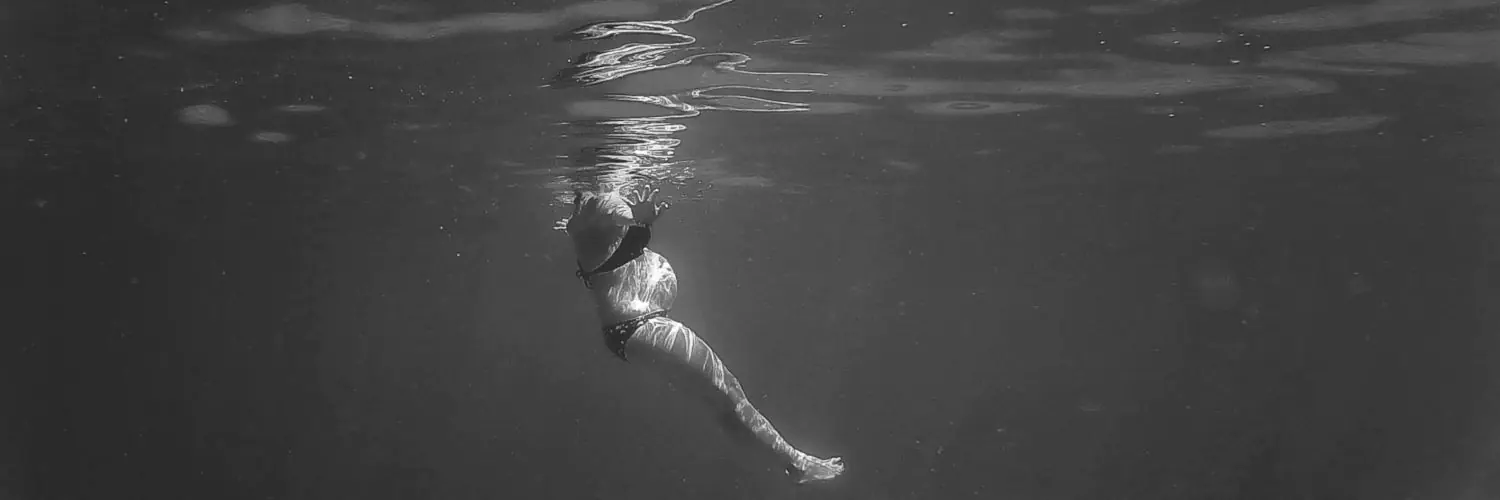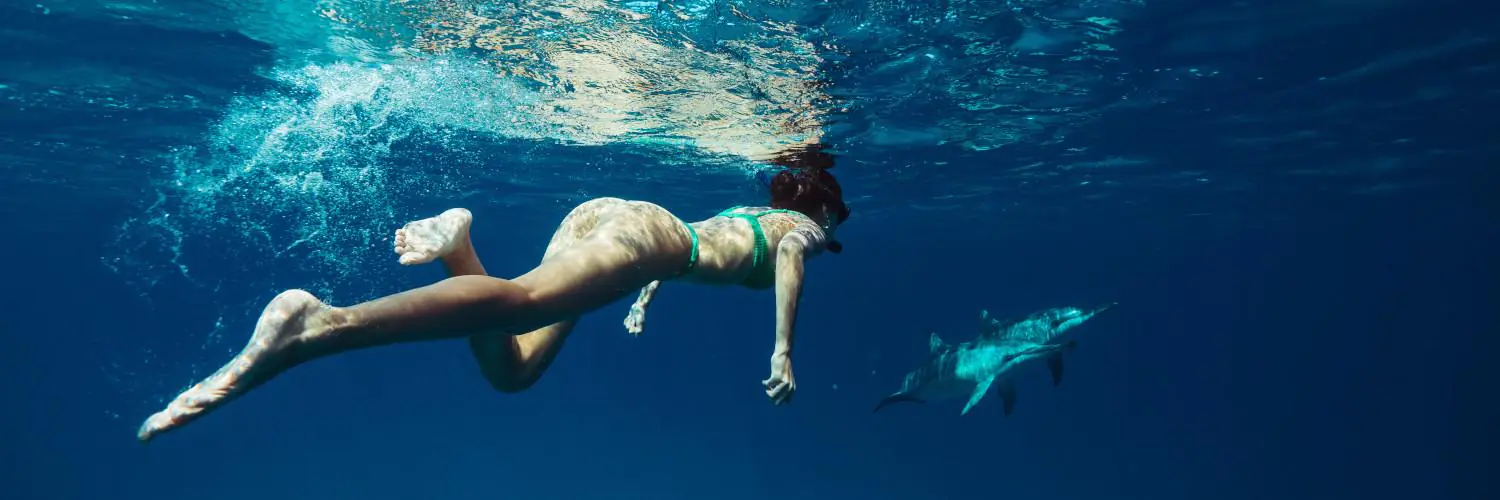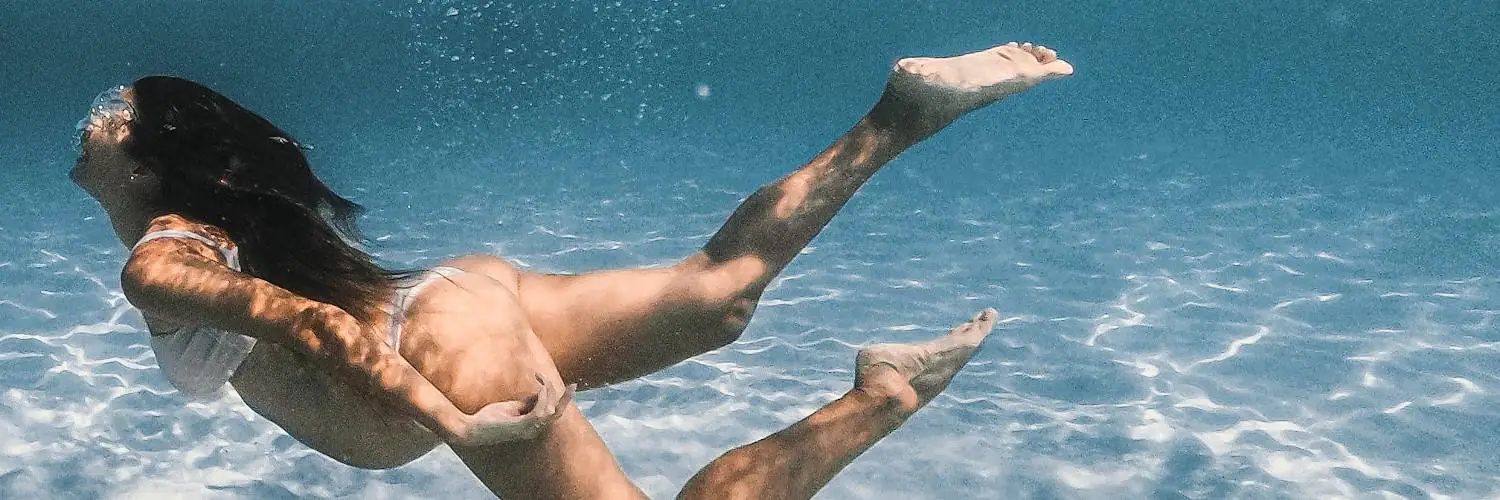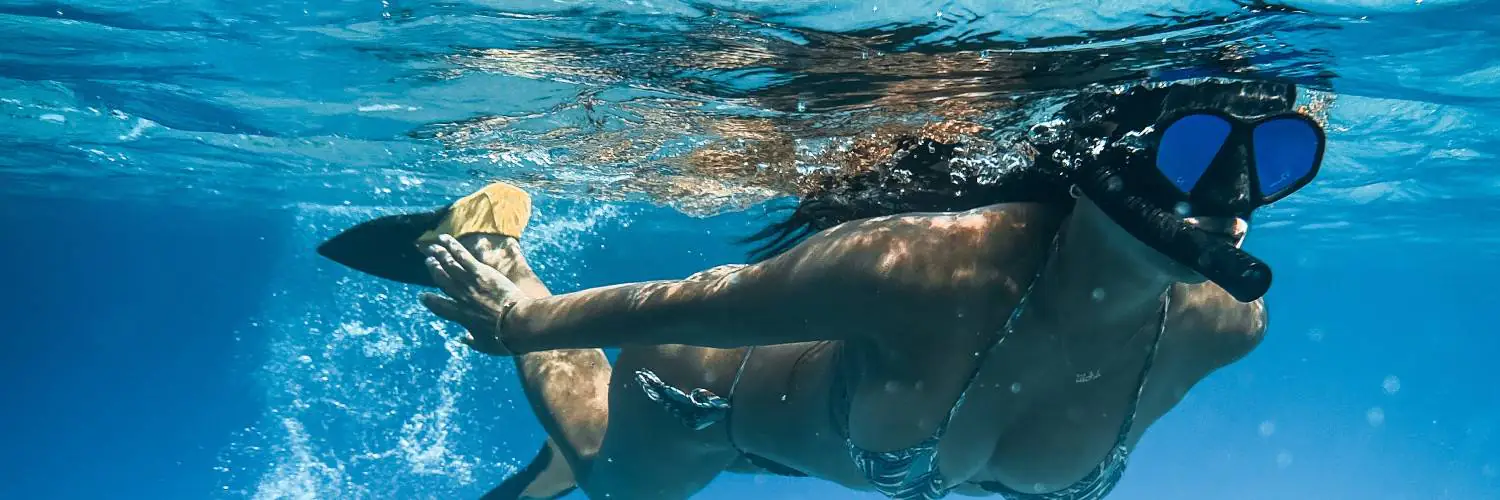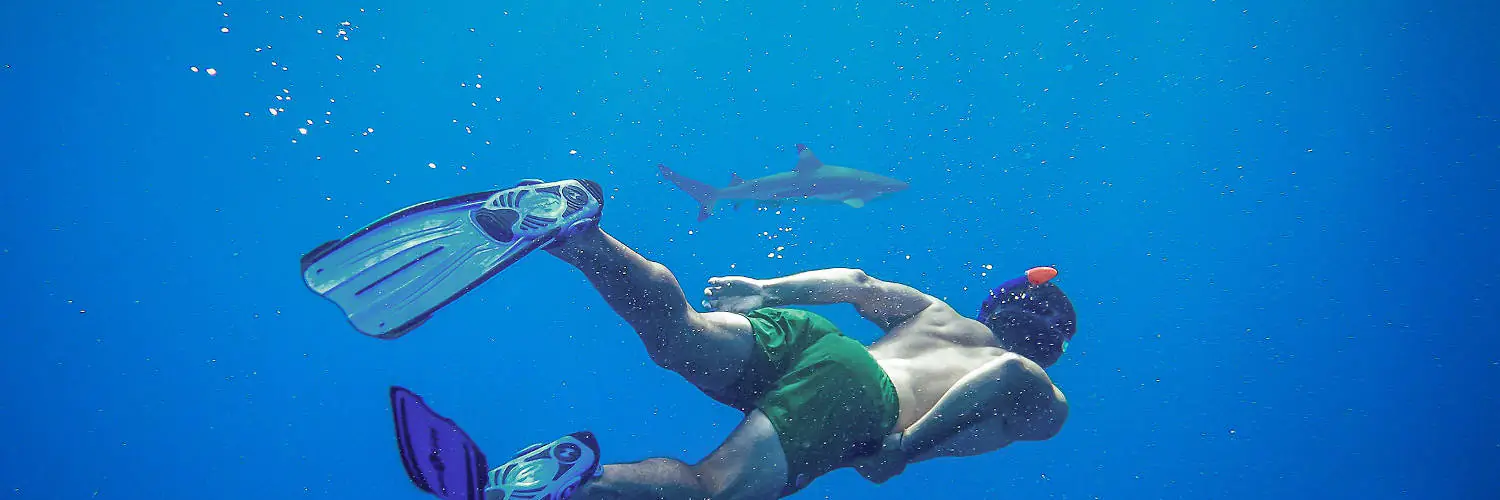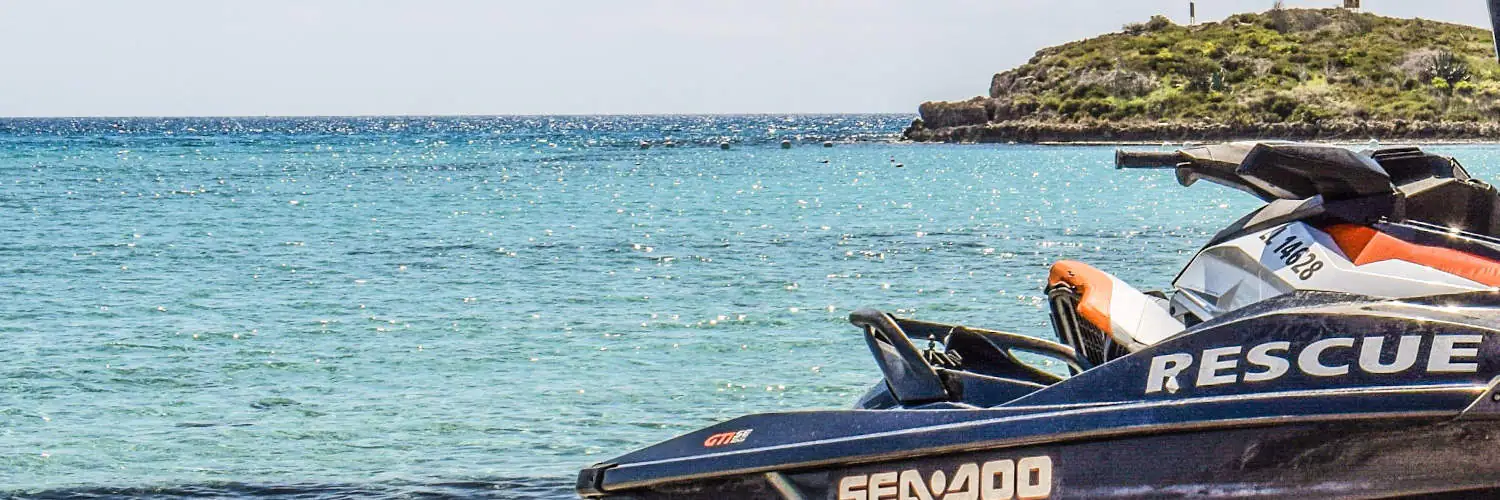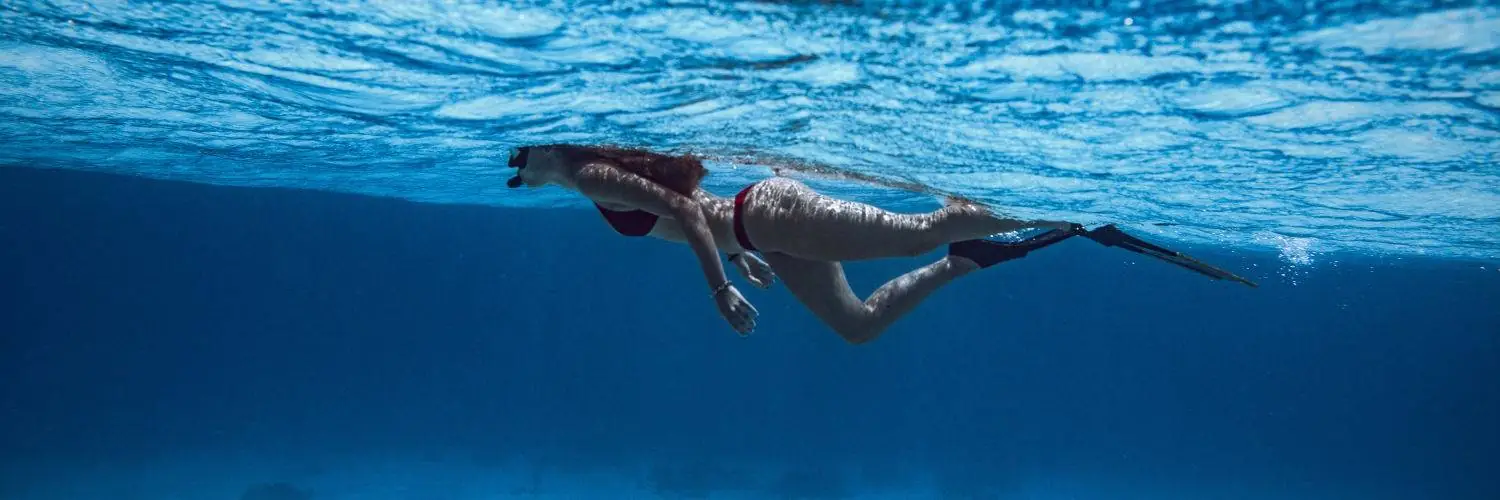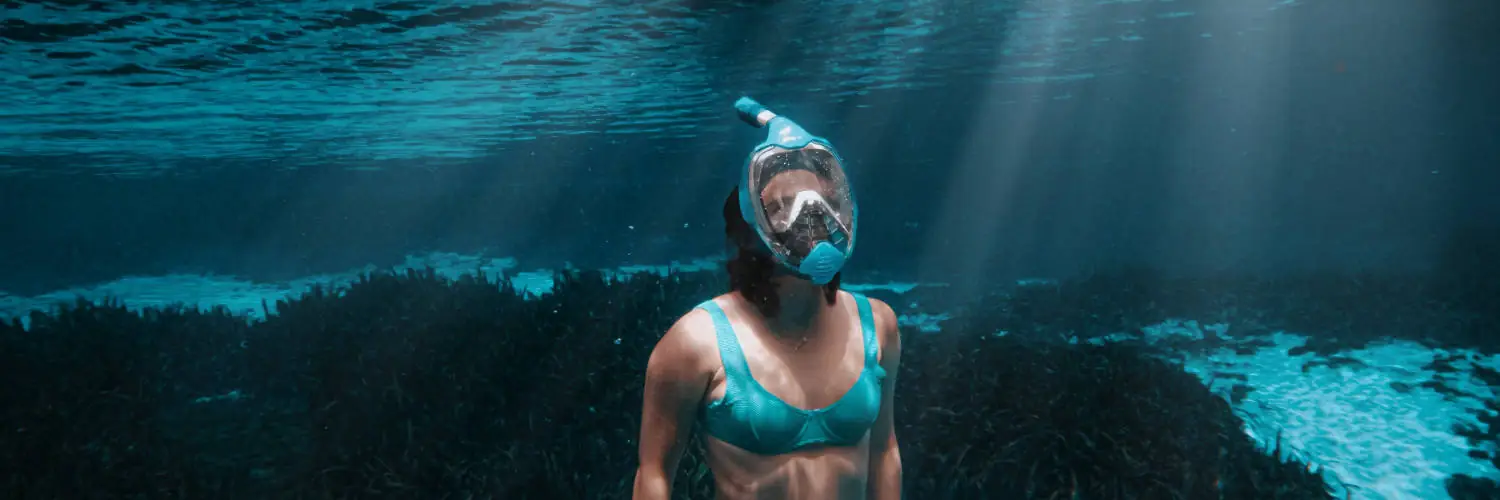Snorkeling offers an accessible and exhilarating way to explore the underwater world for people of all ages. It requires minimal equipment—a snorkel, a mask, and fins—and can be enjoyed in any shallow, clear body of water with interesting marine life. For beginners, mastering some basic techniques and understanding how to choose and use equipment properly is crucial to an enjoyable experience. Starting with the right gear that fits well is essential for comfort and safety, allowing snorkelers to relax and focus on the vibrant sea life and coral landscapes below the waves.
Building confidence in the water comes with practice, and it’s recommended for beginners to start in calm, shallow waters, ideally with supervision or alongside more experienced snorkelers. Knowing how to clear the snorkel of water and defog the mask are fundamental skills that aid in maintaining a relaxed state while snorkeling. Additionally, being aware of one’s surroundings, including weather and water conditions, contributes to a safer and more enjoyable outing.
Conserving the marine environment is an integral part of snorkeling. Beginners are encouraged to learn about reef etiquette and how to observe marine life without disturbing it. The aquatic realm is delicate, and snorkelers have the responsibility to protect it for the future. By following best practices, respecting the ocean, and keeping safety in mind, beginners can relish the tranquility and fascination of snorkeling, paving the way for many more adventures on the reef.
Table of Contents
Getting Started with Snorkeling
Snorkeling is an accessible and enjoyable way to explore underwater life. To ensure a safe and memorable experience, one needs to grasp the basics, select the right equipment, and adhere to key safety measures.
Understanding Snorkeling Basics
Before diving in, one must understand that snorkeling involves floating on the water’s surface while equipped with a diving mask, a shaped breathing tube called a snorkel, and often fins. The snorkel allows breathing with the face submerged, offering a glimpse of the vibrant marine wildlife below. Fitness plays a role too; while snorkeling requires less strength and endurance than full-on swimming, relaxing in the water and maintaining buoyancy is easier with a moderate level of physical fitness.
Choosing Your First Snorkeling Gear
Selecting the proper equipment is critical for a comfortable snorkeling experience:
- Mask: The snorkel mask should fit snugly without being too tight. A full-face snorkel mask can be a great option for beginners as it allows natural breathing through the nose and mouth.
- Snorkel: Choose a snorkel with a comfortable mouthpiece and a splash guard to prevent water entry.
- Fins: Fins should be neither too tight nor too loose, enhancing swimming efficiency without causing discomfort.
- Additional Gear: A snorkel set usually contains the essentials. A life jacket or buoyancy aid can assist those less confident in their swimming abilities.
Furthermore, protecting skin from the sun is paramount. Wearing sunscreen, sunblock, or a rash guard can provide protection against harmful UV rays.
Snorkeling Safety and Precautions
Safety is the most important consideration:
- Always snorkel in a group or with a buddy for added safety.
- Choose calm and shallow water when starting out to get used to breathing through the snorkel.
- Be aware of the environment; avoid touching or disturbing the marine life.
- Use sun protection: Sunscreen or a rash guard should be used to guard against sunburn.
- Understand signals and how to alert others in case of distress.
By adhering to these safety measures, snorkelers can enjoy the underwater spectacle with peace of mind.
Mastering the Techniques
In snorkeling, technique is the cornerstone of an enjoyable experience. It combines proper breathing, swimming skills, and body positioning to ensure safety and efficiency in the water.
Breathing and Relaxation Techniques
For beginners, it’s critical to practice breathing through a snorkel, as this may feel unnatural at first. One should take slow, deep breaths to maintain calmness and prevent hyperventilating. It is also important to learn how to clear a flooded snorkel tube; this is usually done by exhaling sharply to expel water through the purge valve.
- Breath Control: Breathe deeply and calmly through your breathing tube.
- Snorkel Clearing: If water enters, exhale sharply to activate the purge valves.
Improving Swimming Skills for Snorkeling
Good swimming skills enhance a snorkeler’s experience. Beginners should focus on freestyle strokes and practice in a pool if possible. Developing a smooth, efficient freestyle stroke helps maintain energy and increases comfort in open water. Swimming lessons may be beneficial to refine technique and enhance swimming efficiency.
- Freestyle Swimming: Develop efficient strokes to conserve energy.
- Swimming Efficiency: Practice in a pool to become more confident and streamlined.
Advanced Snorkeling Moves and Positioning
It is essential to maintain a horizontal position in the water to improve visibility and reduce drag. More advanced snorkelers often adopt techniques from freediving, such as breath-hold diving to explore beneath the surface. One should always be aware of their abilities and avoid overexertion.
- Horizontal Positioning: Keeps the body streamlined and reduces fatigue.
- Breath Hold Diving: Learn from freediving to explore deeper while always being mindful of one’s limits.
Exploring Marine Environments
Snorkeling offers a unique opportunity for enthusiasts to observe the beauty of marine environments in areas like the Caribbean, Maldives, and Bali. This activity presents the chance to witness an array of marine wildlife, from the majestic whale shark to the colorful fish darting around coral reefs.
Recognizing Different Snorkeling Locations
Different snorkeling locations present varied experiences due to the type of marine life and environmental conditions present. Common types of snorkeling environments include:
- Shallow Reefs: Ideal for beginners due to their accessibility and the abundance of marine life.
- Beaches: Provide easy entry and exit points, making them suitable for novice snorkelers.
- Coral Reefs: Home to diverse ecosystems, offering snorkelers the chance to see vibrant corals and a wide range of fish species.
When selecting a snorkeling location, factors such as water clarity, currents, and the presence of marine wildlife should be considered for safety and enjoyment.
Encountering Marine Life Safely
Interacting with marine wildlife demands respect and caution. Snorkelers should:
- Observe from a Distance: Avoid touching or chasing marine animals to minimize stress to the creatures.
- Be Cautious with Dangerous Species: Species like sharks require extra caution; maintain a safe distance and avoid snorkeling in known breeding or feeding areas.
- Look, Don’t Touch: Contact with organisms such as corals can disrupt delicate ecosystems.
Snorkelers may encounter creatures like fish, sharks, and even the gentle whale shark, but it is crucial to remember that they are visitors in the marine habitat.
Environmental Awareness and Conservation
Preserving marine environments is essential for the continued enjoyment and health of oceanic ecosystems. Snorkelers should practice:
- Buoyancy Control: To avoid damaging the reef or disturbing silt that can suffocate corals.
- Sun Protection: Wear reef-safe sunscreen to protect the skin without harming marine life.
- No Littering: Ensure all garbage is taken back to shore to keep the habitats clean.
Snorkelers contribute to conservation by taking only memories and leaving only bubbles, ensuring the protection of the vibrant ecosystems they have come to explore.
Snorkeling Equipment Care and Maintenance
Proper care and maintenance of snorkeling equipment enhance safety and visibility while extending the longevity of gear. This section provides targeted advice on keeping equipment in top condition through regular cleaning, addressing common issues, and adopting practices for durable use.
Effective Cleaning and Storage Techniques
Cleaning: After each snorkeling session, thoroughly rinse gear with fresh water to remove salt, chlorine, and sand. For the mask, a non-abrasive toothpaste or baby shampoo can serve as an effective defogger, removing grime without scratching the lenses. Use a soft washcloth for gentle cleaning and a soft-bristled toothbrush for hard-to-reach spots.
- Masks: Apply defogging agent (toothpaste or baby shampoo) before rinsing.
- Snorkels and Fins: Mild dish detergent and warm water are suitable for routine washing.
Storage: Dry equipment completely in a shaded area before storing to prevent mildew and degradation.
- Lay flat or hang items such as wetsuits and rash guards to maintain shape and prevent creasing.
- Storing masks and snorkels in a cool, dry place away from direct sunlight helps to preserve the silicone and plastic materials.
Dealing with Common Gear Issues
Masks: Over time, straps can lose elasticity. Check regularly and replace when necessary. If the mask begins to fog during use, applying a mask defogger before each snorkel can help maintain clarity.
Snorkels: For dry top snorkels, ensure that the valve at the top is free from debris and operates correctly to maintain its water-blocking capability.
Fins: Inspect fin straps and buckles for wear and tear. Damaged or loose parts should be replaced immediately to retain optimal performance and safety.
Ensuring Long-Term Durability
To achieve the best performance and extend the life of snorkeling equipment:
- Buoyancy: Care for your wetsuit as it plays a critical role in buoyancy and protection. Rinse with wetsuit cleaner and hang to dry inside-out.
- Streamline: Store fins flat or suspended to keep their shape and maintain a streamlined form in the water.
- Electronics: Underwater cameras or GoPros require special attention; refer to the manufacturer’s instructions for cleaning and storage.
By attentively maintaining equipment, snorkelers ensure a consistently clear view of marine life and a seamlessly enjoyable underwater experience.
Snorkeling Adventures
Embarking on a snorkeling adventure offers a unique opportunity to explore marine life and embrace the tranquility of underwater environments. Careful planning and understanding the varying platforms for snorkeling ensure a safe and enjoyable experience.
Planning Your Snorkeling Trip
When planning a snorkeling trip, enthusiasts should consider several key factors to ensure safety and enjoyment. Location is crucial; selecting a spot known for calm waters and abundant marine life enhances the experience. They must check water conditions such as temperature, visibility, and currents. It’s advisable to start at locations favorable for beginners, like shallow beaches with gentle waves, before advancing to deeper waters.
- Safety: Always have a floating device and snorkel with a companion.
- Health: Assess fitness levels and be cautious of pre-existing health conditions that may be exacerbated by exertion or anxiety.
Snorkeling from Different Platforms
-
Beach Snorkeling: Easily accessible and ideal for beginners, beach entries allow snorkelers to gradually acclimate to the water and practice propulsion techniques. They also need to be aware of the changing tides that can affect water conditions.
-
Boat Snorkeling: A boat trip can reach more remote reefs and diverse marine life. It typically offers deeper water experiences and stronger currents. Snorkelers should be at ease with open water and have developed basic snorkeling skills to prevent panic or injury. Always check equipment before diving in to avoid any malfunctions that may lead to drowning.
By adhering to recommended practices for each snorkeling platform and preparing for various water conditions, snorkelers can maximize their underwater adventures with confidence and composure.

